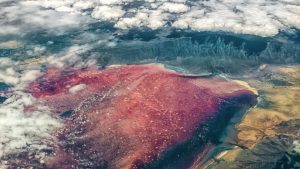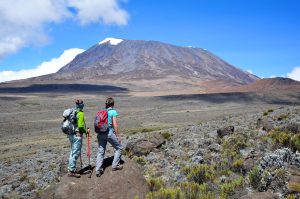Understanding the Time Frame for Climbing Kilimanjaro
Climbing Mount Kilimanjaro, the highest peak in Africa, is a challenging and rewarding experience that attracts adventure-seekers from around the world. The duration of the climb can vary depending on a variety of factors, including the chosen route, the physical fitness of the climbers, and the altitude acclimatization process. It is important for climbers to understand the time frame involved in climbing Kilimanjaro in order to adequately prepare for the journey ahead.
Factors Influencing the Duration of the Climb
1. Route Selection
There are several different routes to the summit of Kilimanjaro, each varying in length and difficulty. The most popular routes include the Marangu, Machame, Lemosho, and Rongai routes. The Marangu route is known as the "Coca-Cola" route and is the shortest and least challenging, typically taking around 5-6 days to reach the summit. On the other hand, the Lemosho route is longer and more scenic, usually taking 7-8 days to complete. The duration of the climb will be determined by the route chosen and the itinerary provided by the tour operator.
2. Physical Fitness
The physical fitness of the climbers is a crucial factor in determining the duration of the climb. Climbing Kilimanjaro is a strenuous activity that requires a good level of physical fitness and endurance. It is important for climbers to train and prepare for the climb in advance in order to increase their chances of success and reduce the risk of altitude-related illnesses. The fitter the climbers are, the faster they will be able to ascend the mountain.
3. Altitude Acclimatization
One of the most important factors influencing the duration of the climb is the process of altitude acclimatization. As climbers ascend to higher altitudes, the air becomes thinner and the body may struggle to adapt to the reduced oxygen levels. It is crucial for climbers to acclimatize properly in order to prevent altitude sickness and ensure a safe ascent to the summit. This may involve taking rest days at certain altitudes, staying hydrated, and following the guidance of experienced guides.
4. Weather Conditions
The weather conditions on Mount Kilimanjaro can be unpredictable and extreme, with temperatures varying from hot and humid at lower altitudes to freezing cold at higher elevations. Climbers should be prepared for all types of weather and pack accordingly. The duration of the climb may be affected by adverse weather conditions, such as heavy rain or snow, which could slow down progress and make the climb more challenging.
In conclusion, the duration of climbing Kilimanjaro can vary depending on a number of factors, including the chosen route, the physical fitness of the climbers, altitude acclimatization, and weather conditions. It is important for climbers to carefully consider these factors and plan accordingly in order to have a successful and safe climb to the summit. For those interested in embarking on this incredible adventure, Sunset Africa Safari offers guided tours to Mount Kilimanjaro. For booking requests and more information, please contact info@sunsetafricasafari.com.



